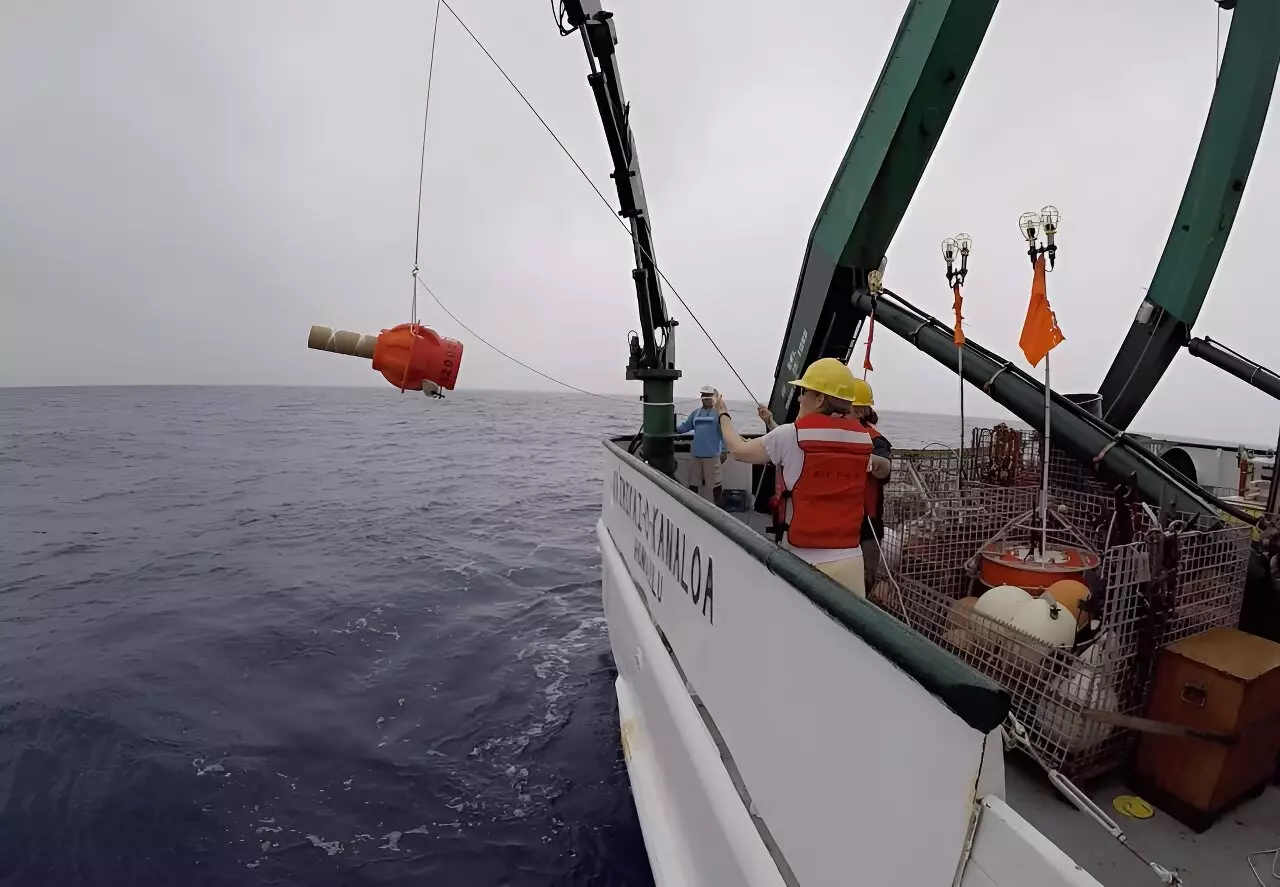Recent advancements in oceanographic research, particularly those involving cutting-edge technology, have provided crucial insights into the state of the world’s oceans. The use of Deep Argo floats—sophisticated robots designed to explore the deep ocean—has enabled scientists to gather significant measurements that improve our understanding of climate change. A pivotal study published on September 19 in Geophysical Research Letters highlights the warming trends of the oceanic depths and their broader implications for global climate patterns. This article delves into the findings of this research, exploring how innovative monitoring systems are reshaping our comprehension of ocean health and climate dynamics.
The deep ocean is an essential component of the Earth’s climate system, absorbing a significant portion of the heat trapped by greenhouse gases. According to the findings of the aforementioned study, sections of the deep ocean are experiencing warming rates between 0.002 to 0.004°C annually, equating to 0.0036 to 0.0072°F. Greg Johnson, a leading oceanographer from NOAA, emphasizes that ocean warming is not just a minor aspect of climate change but rather a primary driver impacting global weather and climate patterns. Historically, uncertainties existed regarding the extent of deep ocean warming, but with the integration of contemporary data from Deep Argo floats, scientists can refine their understanding of ocean heat uptake and its implications for sea level rise and extreme weather events.
Understanding where warming occurs within the ocean’s depths is critical for both climate prediction and ecological assessments. The study reveals two primary hotspots of warming: the deep waters off Antarctica and those surrounding Greenland. The Antarctic region is significant due to its role in the global ocean conveyor belt, a system that regulates heat distribution around the planet. The warming waters originating from this region migrate northward, influencing many climatic processes worldwide.
In contrast, the deep waters near Greenland show a distinct pattern of warming as well. Historical currents of cold water sinking from the surface, fueled by ice melt, have largely diminished. This shift not only alters the local marine ecosystem but also affects broader ocean circulation patterns, which can have far-reaching consequences for global weather systems.
The analysis of deep ocean data is paramount for refining climate models that forecast future environmental conditions. As recorded by the research team, increasing precision in deep ocean temperature and salinity measurements will provide significant information on how our climate might evolve over coming decades. With advanced forecasting abilities, policymakers will be better equipped to prepare for the impacts of climate change on human societies and their environments.
NOAA’s commitment to expanding Deep Argo’s presence since its inception in 2014 has yielded fruitful developments. The addition of more robust arrays of Deep Argo floats across strategic oceanic regions, such as the Southwest Pacific, South Atlantic, and North Atlantic, will enhance our global understanding of oceanic changes. Johnson notes that successful scaling of these pilot arrays into a comprehensive global network will enable more accurate assessments of warming trends and their variabilities over time.
The Argo Program, which has been an essential element in ocean monitoring since 1999, has fundamentally transformed how scientists gather and interpret oceanographic data. By deploying autonomous profiling floats capable of diving to unprecedented depths, the program consolidates vast amounts of ocean information that previously remained out of reach. The ongoing efforts to integrate new technologies like the Deep Argo will undoubtedly enhance our ability to track climate shifts and develop informed strategies for mitigation and adaptation.
As this research illustrates, the application of advanced technology plays a crucial role in deepening our knowledge of the ocean’s complexities and its interaction with climate change. Through persistent investigation and global collaboration, it is possible to not only understand the current impacts of deep ocean warming but also anticipate the challenges that lie ahead for our planet’s climate system.

